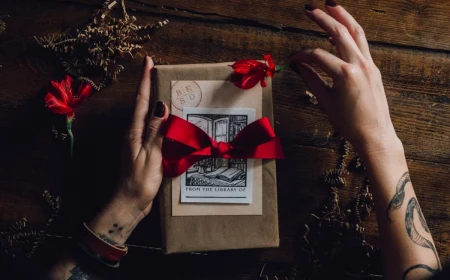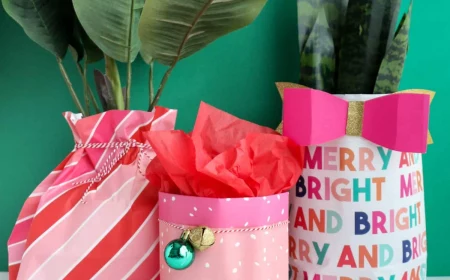More Than a Countdown: New Year’s Rituals You Can Actually Try
I’ve always been fascinated by how we, as humans, mark the passing of time. It’s more than just a hobby for me; it’s a genuine passion. I’ve spent a lot of time learning not just what people do, but why they do it. And honestly, the turn of the year is this universal moment of pure hope. We all feel this deep need to wash away the bad stuff and start fresh. This is where rituals are born—some are quiet and personal, others are loud and bring the whole neighborhood together. These aren’t just quirky little habits. They’re a window into a culture’s soul, showing what they value, fear, and wish for.
In this article
- Spain: The 12-Grape Midnight Challenge
- Ecuador: Burning the ‘Old Year’
- Scotland: First-Footing for Good Fortune
- Denmark: Smashing Plates (Sort Of)
- Brazil: Colors, Waves, and Ocean Blessings
- Japan: Ringing Out 108 Flaws
- Philippines: It’s All About the Circles
- South Africa: The Truth About Furniture Throwing
- Italy: The Rules of Red Underwear
- Finland: Seeing the Future in Tin
- Galerie d’inspiration
A lot of articles just list these traditions like fun facts, but that misses the whole point. It’s like describing a car by just listing its parts—you don’t know how it actually runs. So, let’s go deeper into the ‘why’ behind some of the world’s most interesting New Year’s practices. We’ll get into the real techniques, the meanings, and even the safety stuff you only learn by seeing it yourself or talking to the people who’ve done it forever.

Spain: The 12-Grape Midnight Challenge
In Spain, New Year’s Eve, or Nochevieja, is all about eating twelve grapes at the stroke of midnight. I’ve tried this in Madrid, and let me tell you, the pressure is real. The tradition itself started a long time ago when some very clever grape growers had a massive harvest and marketed the surplus as ‘lucky grapes’ for the new year. A brilliant move, really.
Grape Challenge Survival Guide
So, you want to try it? The goal is to eat one grape for each chime of the clock. This is way harder than it sounds. The chimes are fast, about one every three seconds. You have to pop, chew, and swallow before the next one hits. Here’s how you can actually win:
- Go Small and Seedless: This is the number one rookie tip. Don’t try to be a hero with giant, seeded grapes. It won’t end well.
- Do a Practice Run: Seriously. Grab some M&Ms or blueberries and practice your timing with a stopwatch. You’ll thank me later.
- The Pro Move: In Spanish supermarkets, you can actually buy little cans with exactly 12 peeled and seedless grapes, ready to go. It feels like cheating, but hey, so is failing!
Each grape represents a month of the coming year. A sweet grape means a good month, while a sour one is a little warning. For most people, it’s just a frantic, hilarious moment that brings everyone together.
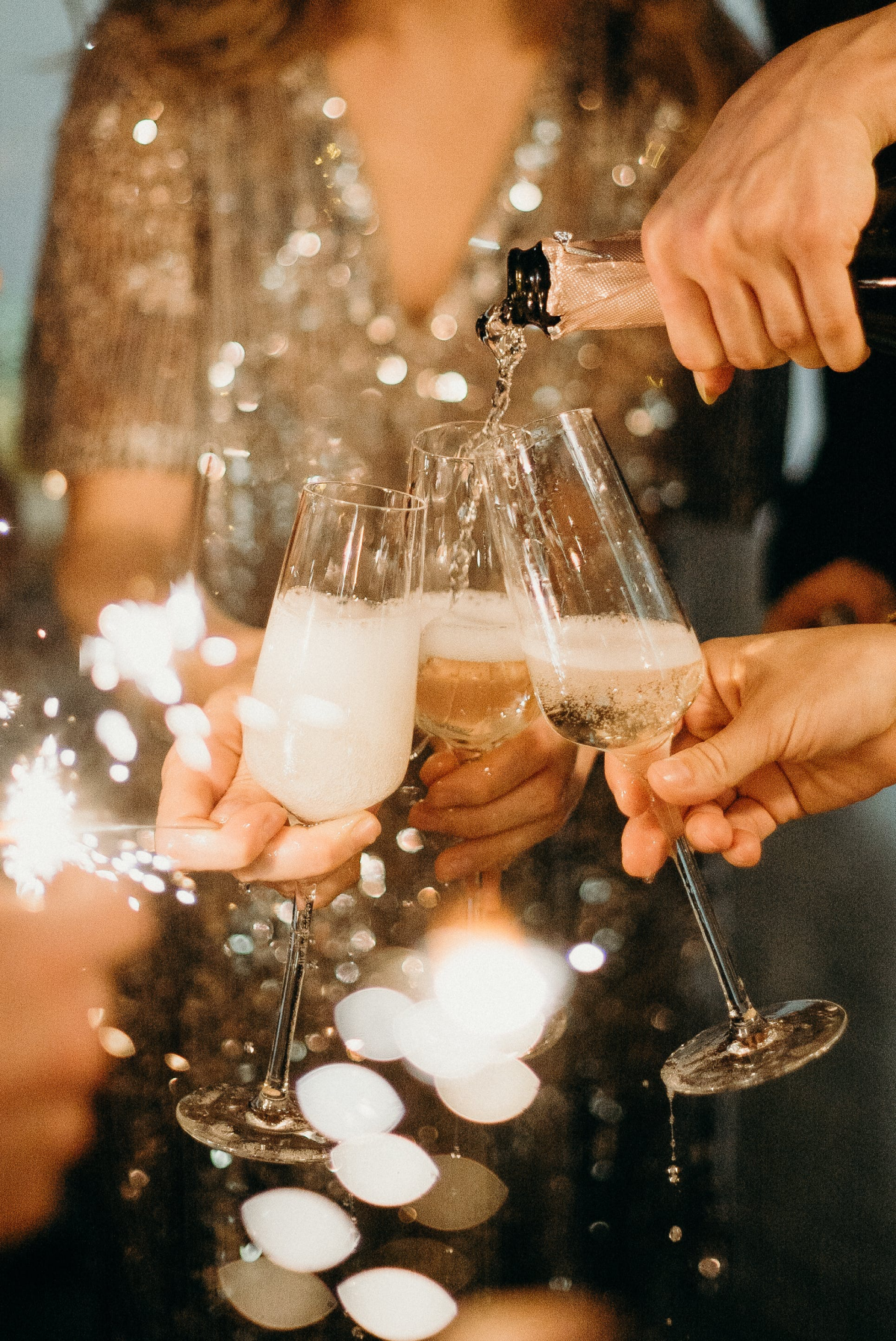
Ecuador: Burning the ‘Old Year’
In Ecuador, the new year rolls in on a wave of smoke. The burning of the Año Viejo, or ‘Old Year’ effigy, is a powerful act of cleansing. I’ve seen whole neighborhoods in Quito get in on this. These aren’t just scarecrows; they’re detailed figures made of paper-mâché, wood, and wire, and they’re often stuffed with newspaper and fireworks. They’re usually made to look like unpopular politicians, annoying celebrities, or symbols of the year’s problems.
As the figures, called monigotes, burn to ash, people believe they’re torching all the negativity from the past 12 months. It’s a very real, tangible way of letting go.
Safety First: This is NOT a tradition to take lightly. Unregulated fireworks inside these things can be incredibly dangerous, and the fires can spread. Local municipalities now set up designated burning areas for a reason. If you ever get to see this, keep a safe distance. It’s a spectacular sight, but one that demands respect for its power.
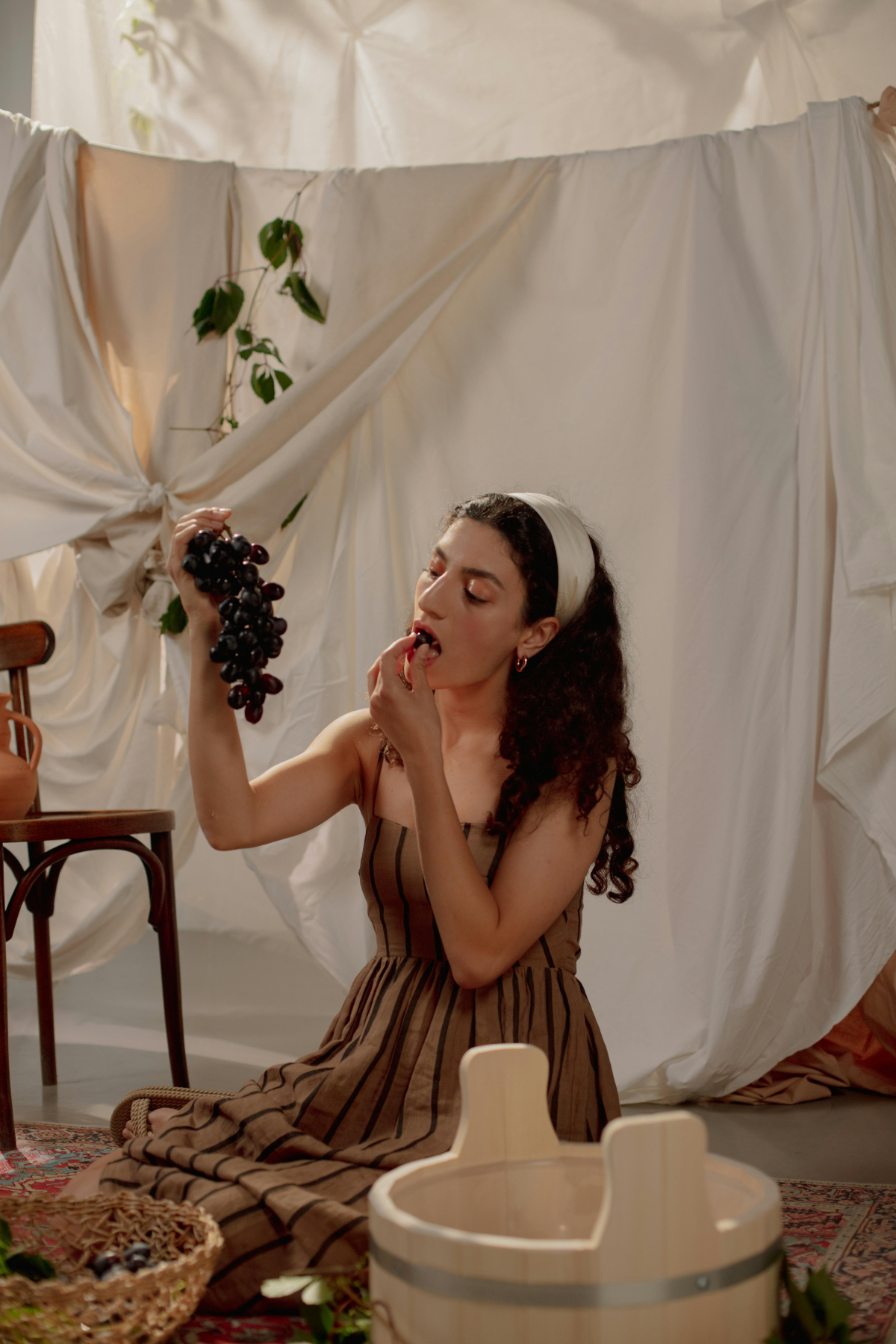
Scotland: First-Footing for Good Fortune
Hogmanay, the Scottish New Year, has a wonderful tradition called ‘first-footing’. The idea is that the first person to cross the threshold of your home after midnight—the ‘first-foot’—sets the luck for the whole year. And it can’t be someone who was already in the house!
Traditionally, the best first-foot is a tall, dark-haired man. This likely dates back to a time when a tall, blond stranger showing up at your door by the sea was probably not a friendly visitor. The first-foot is also supposed to come bearing gifts: coal for warmth, bread for food, salt for wealth, and whisky for good cheer.
Want to try a modern version? Here’s your Modern First-Footer’s Gift Basket:
- Coal: A single charcoal briquette works perfectly. (Cost: about $1)
- Food: A box of shortbread or a rich, dense fruitcake called a black bun. (Cost: $5-$10)
- Wealth: A small container of nice sea salt. (Cost: $1-$3)
- Good Cheer: A miniature bottle of whisky. (Cost: $5-$8)
It’s a beautiful ritual that’s all about community and making sure no one starts the year feeling alone.

Denmark: Smashing Plates (Sort Of)
Okay, let’s talk about the Danish tradition of smashing plates on your friends’ doorsteps. It sounds wild, right? The idea was that a huge pile of broken dishes on New Year’s morning meant you were popular and well-loved. People would save chipped plates all year just for this purpose.
However, let’s be real. This tradition is now extremely rare. In today’s world, it’s mostly seen as impractical, messy, and wasteful. You’re far more likely to see Danes celebrating with fireworks and champagne. So if you read an article acting like this is common practice today, take it with a grain of salt. It’s more of a beloved piece of folklore now—definitely don’t try this one at home!
Brazil: Colors, Waves, and Ocean Blessings
In Brazil, New Year’s, or Réveillon, is a beautiful mix of a party and deep spiritual belief. I once spent it on Copacabana beach, and the energy is just electric. Two traditions are key: wearing specific colors and jumping seven waves. Both are tied to Afro-Brazilian faiths.
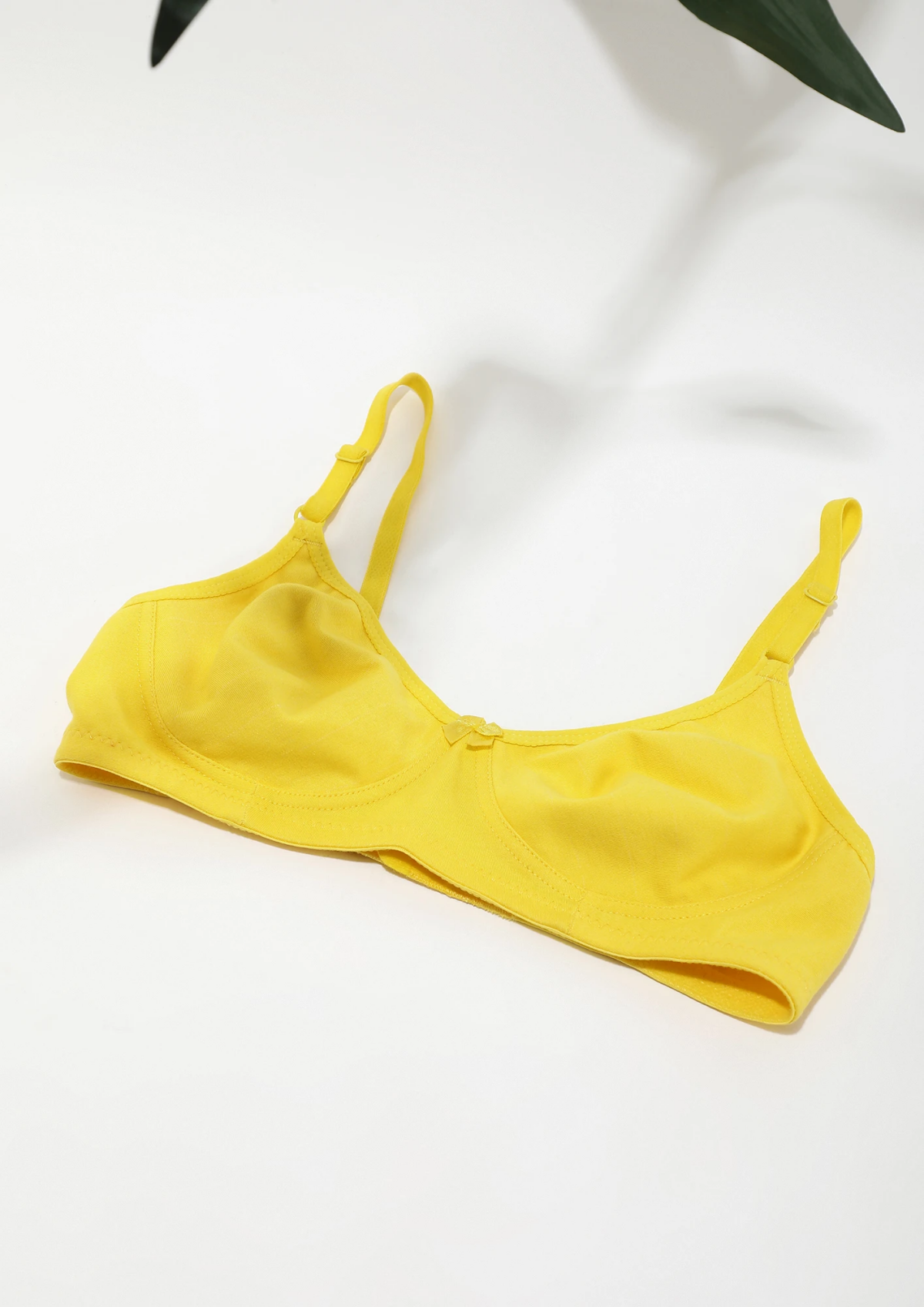
The color of your underwear is basically your personal order for the new year. White for peace and yellow for money are the most famous, but it gets more specific. Think green for hope and health, red for passion, or blue for tranquility.
The real magic happens at the water’s edge. To honor Iemanjá, the goddess of the sea, people dressed in white rush into the ocean at midnight to jump over seven waves, making a wish with each one. It’s a powerful way to connect with nature and ask for strength for the year ahead.
Quick Tip: No beach nearby? No problem. You can still participate. Just place a small bowl of water with a few white flower petals and a floating candle near a window. It’s a beautiful, quiet way to honor the spirit of the tradition.
Japan: Ringing Out 108 Flaws
The Japanese New Year, or Oshogatsu, is one of the most important holidays there. A profound and widespread tradition is Joya no Kane. On New Year’s Eve, Buddhist temples all over Japan ring their massive bells 108 times. I experienced this at a small temple in Kyoto, and the sound is something you feel in your bones.
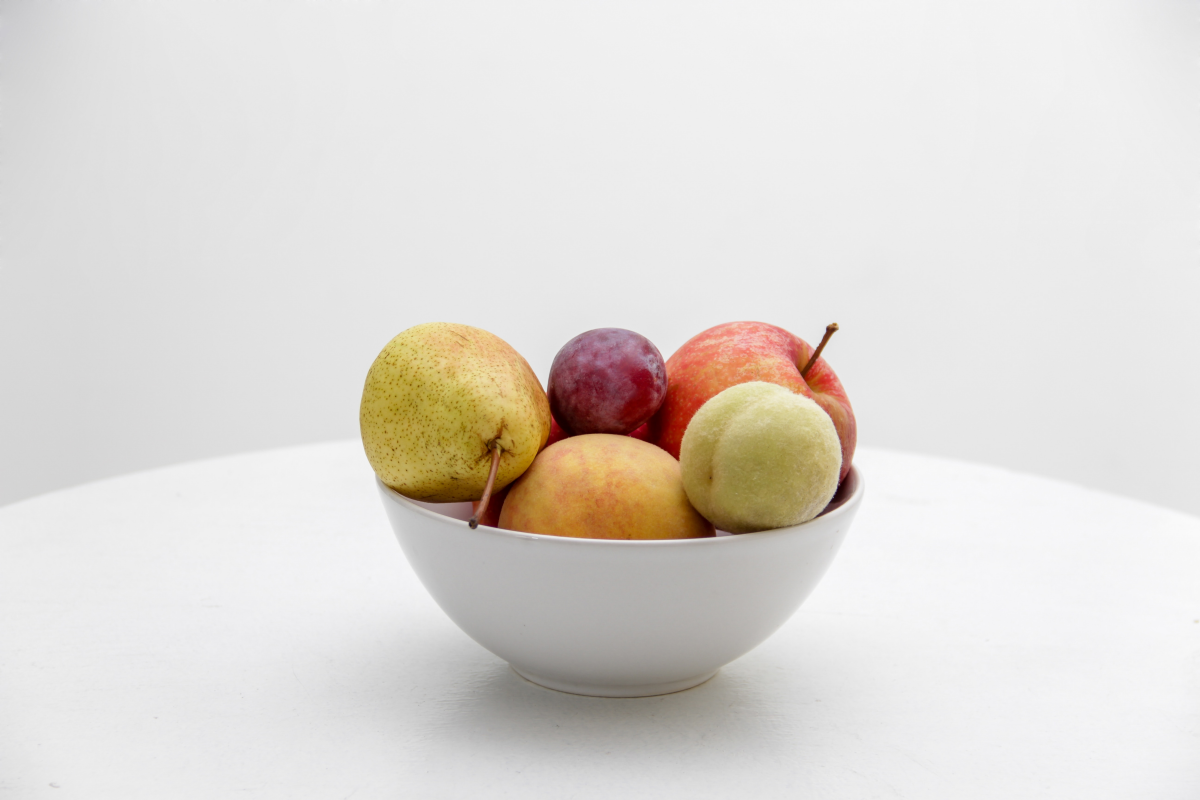
According to Buddhist teachings, we’re plagued by 108 earthly temptations that cause suffering. Each toll of the bell is meant to cleanse one of them, so you can start the year pure. It’s a slow, meditative process that can take close to an hour. The 108th bell rings at the exact moment the new year begins. Afterward, many people eat long buckwheat noodles called toshikoshi soba to wish for a long life.
Philippines: It’s All About the Circles
In the Philippines, one idea dominates New Year’s Eve: round things bring prosperity. The logic is simple—circles look like coins and, having no end, represent a continuous flow of good fortune.
This shows up everywhere. People wear polka dots for good luck. They stuff their pockets with coins and shake them at midnight. But the main event is the Media Noche feast, which features a table with 12 round fruits, one for each month.
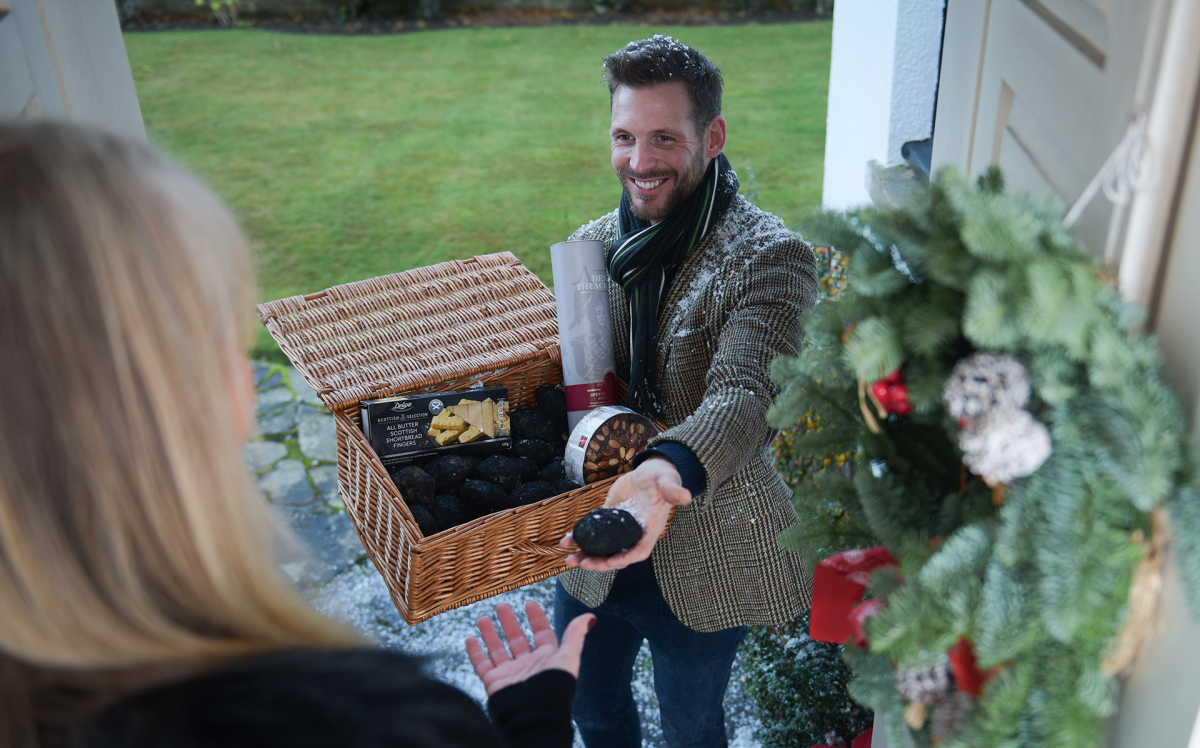
Reader Challenge: What fruits would you pick? Here’s a sample shopping list to get you started:
- Budget-Friendly: Grapes, local oranges (calamansi), apples, and maybe a small melon.
- Splurge-Worthy: Go for a big pomelo, honeydew, cantaloupe, and some imported cherries.
Oh yeah, and they make a TON of noise by banging pots and pans to scare away evil spirits. It’s loud, joyful, and all about family.
South Africa: The Truth About Furniture Throwing
Heads up! This one needs a serious disclaimer. You might see articles that list ‘furniture throwing’ as a South African New Year’s tradition. It is absolutely not a widespread custom. This was a dangerous and illegal activity confined to one specific neighborhood in Johannesburg decades ago. It was a misguided and hazardous way for some people to express the ‘out with the old’ idea.
Presenting this as a fun cultural quirk is just plain irresponsible. Real South African New Year’s celebrations are far more likely to involve a wonderful barbecue, or braai, with family and friends. Let’s stick to the traditions that are actually traditions, okay?

Italy: The Rules of Red Underwear
The Italian tradition of wearing red underwear on New Year’s Eve is pretty famous. Red is a classic color for luck and power, meant to ward off negativity and attract good things. But there are two crucial rules that people often miss.
First, for the luck to actually work, the red underwear has to be a gift. You can’t buy it for yourself. Second, you’re supposed to throw it away on January 1st. Keeping it is bad luck. These rules turn it from just wearing a color into a real ritual of receiving good fortune and then letting go of the past.
Reader Challenge: Your mission, should you choose to accept it, is to gift a pair to a friend. (And maybe drop a heavy hint you’d like a pair back!)
Finland: Seeing the Future in Tin
In Finland, people practice a form of fortune-telling by melting a small piece of tin and interpreting the shape it makes when dropped in cold water. I’ve done this with friends, and it’s a ton of fun.

Safety First: This tradition used to involve lead, but now everyone uses much safer tin for obvious health reasons. Even so, you’re dealing with molten metal. This should ONLY be done by a sober adult in a well-ventilated area, away from anything flammable.
You can often find little tin-casting kits online, sometimes on Amazon or from specialty Scandinavian shops. After you drop the molten tin into a bucket of cold water, you hold the solidified metal shape up to a candle and interpret its shadow. A ship could mean travel, a ring might mean marriage, a key could signify a new opportunity, and an animal shape might represent a new friend or pet. It’s a cozy, hopeful way to look into the year ahead.
Galerie d’inspiration
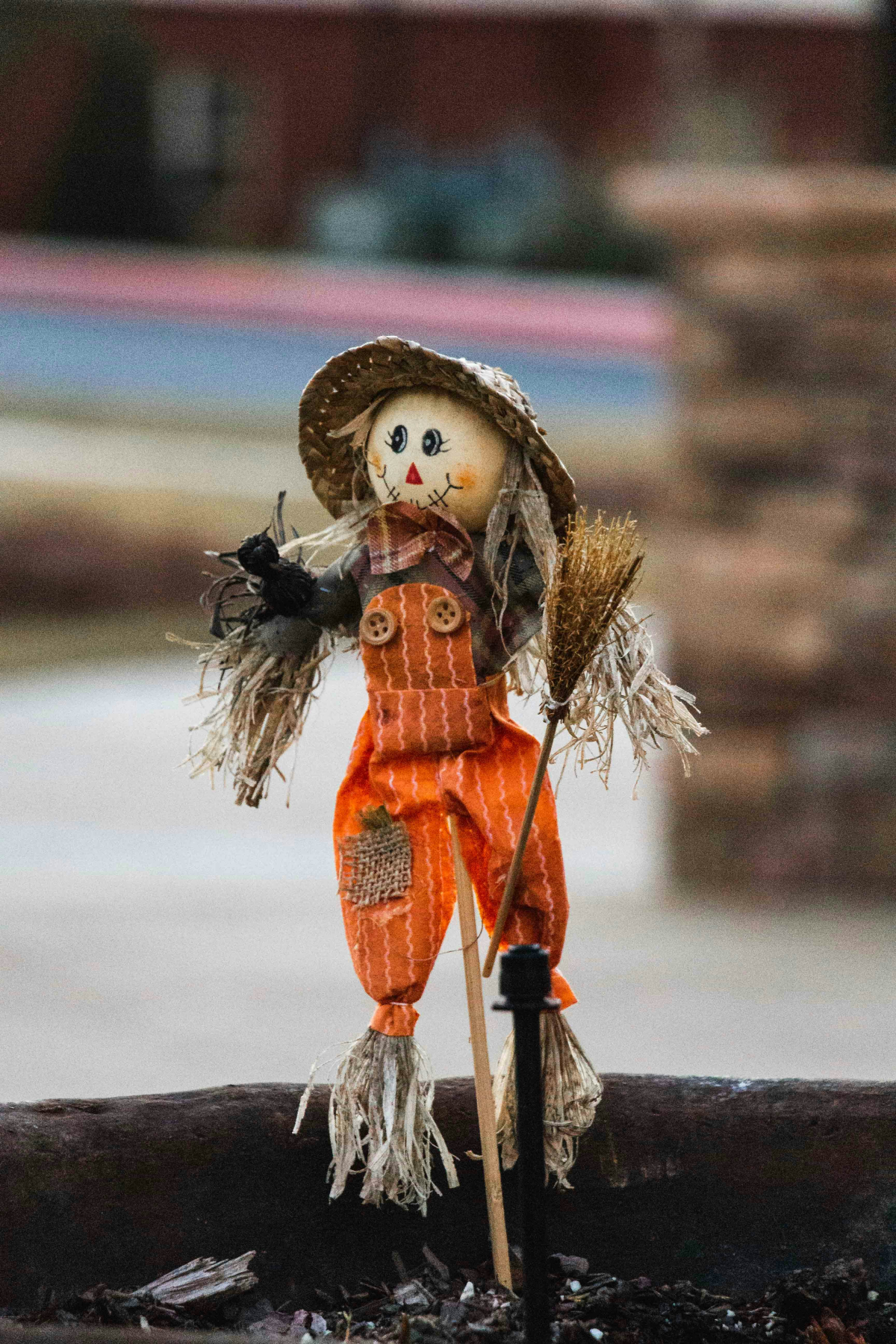
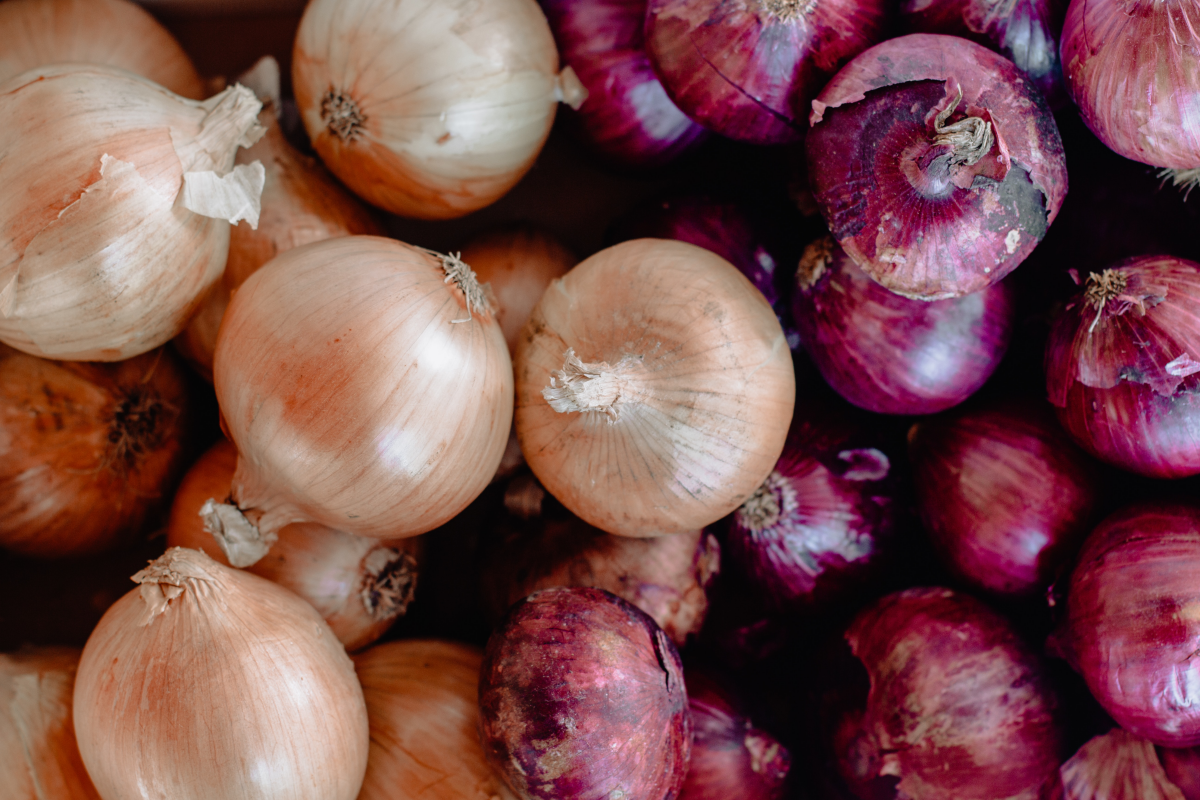
A word of caution on purging the old: While the Italian tradition of tossing old items—from toasters to armchairs—out the window sounds liberating, it’s best left in the past. Modern cities aren’t set up for it, and it’s incredibly dangerous. For a safer take, try the symbolic route: write down what you want to leave behind on a piece of paper and ceremoniously throw it into a fireplace or a safe fire pit. All the release, none of the risk.

- Secure a good luck charm for your home.
- Encourage rebirth and growth for the coming year.
- Participate in a tradition dating back to ancient times.
The key? An onion. In Greece, it’s common to hang a squill onion (kρεμμύδα) on the front door on New Year’s Eve. Known for its ability to sprout even when uprooted, it’s a powerful symbol of perseverance and fertility. The next morning, parents traditionally tap their children on the head with it to wake them for church.
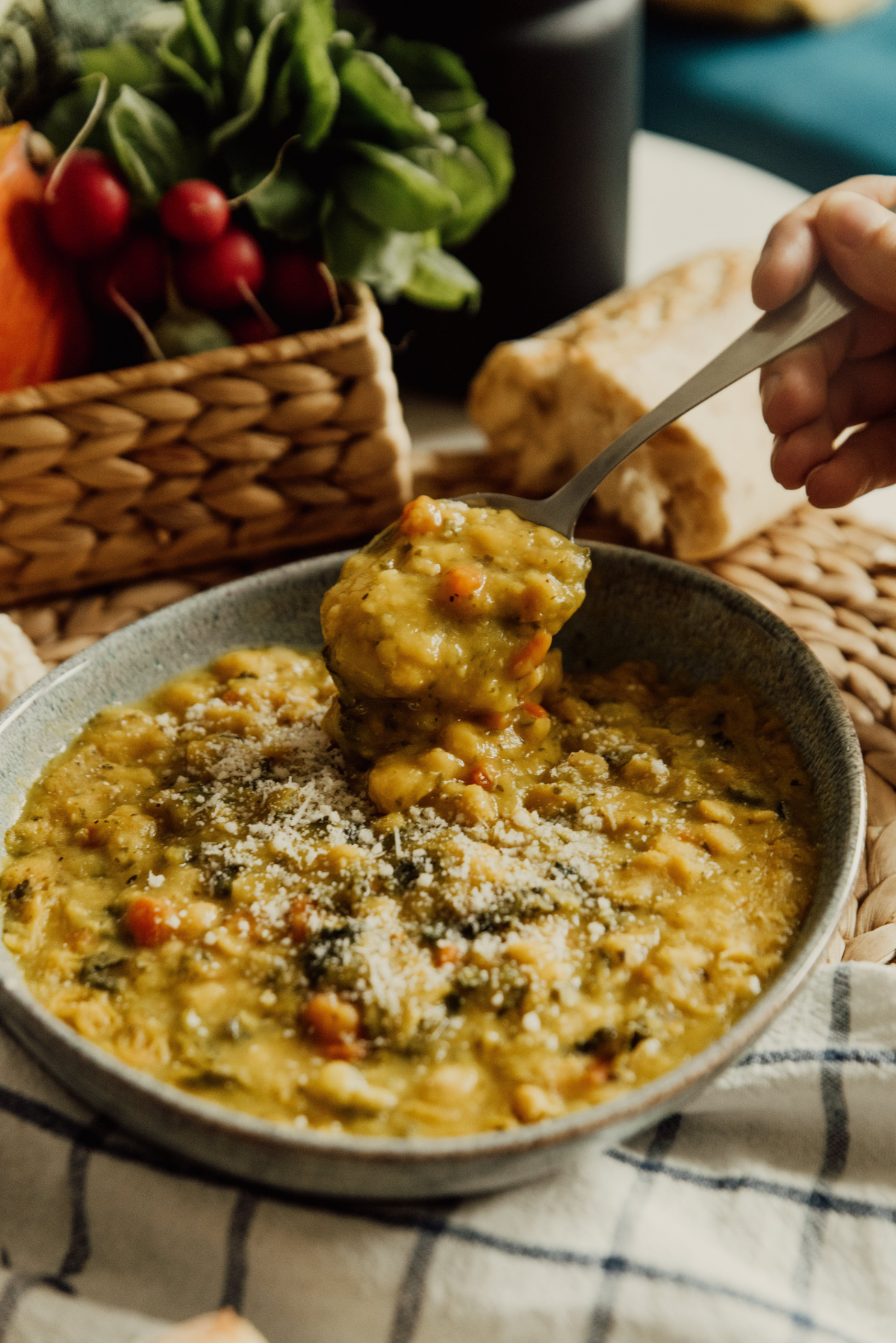
Looking to try the Latin American tradition of burning an ‘Año Viejo’ (Old Year) effigy? You can create a simple one yourself. It’s a powerful way to visualize letting go of the year’s troubles.
- Build the body: Stuff old clothes (jeans and a shirt) firmly with newspaper or straw to create a human-like figure.
- Give it a face: Use a simple mask or draw a face on a stuffed pillowcase for the head.
- The final touch: Pin a note to its chest listing all the negative things from the past year you want to release. Always burn it in a safe, open outdoor space, away from flammable materials.
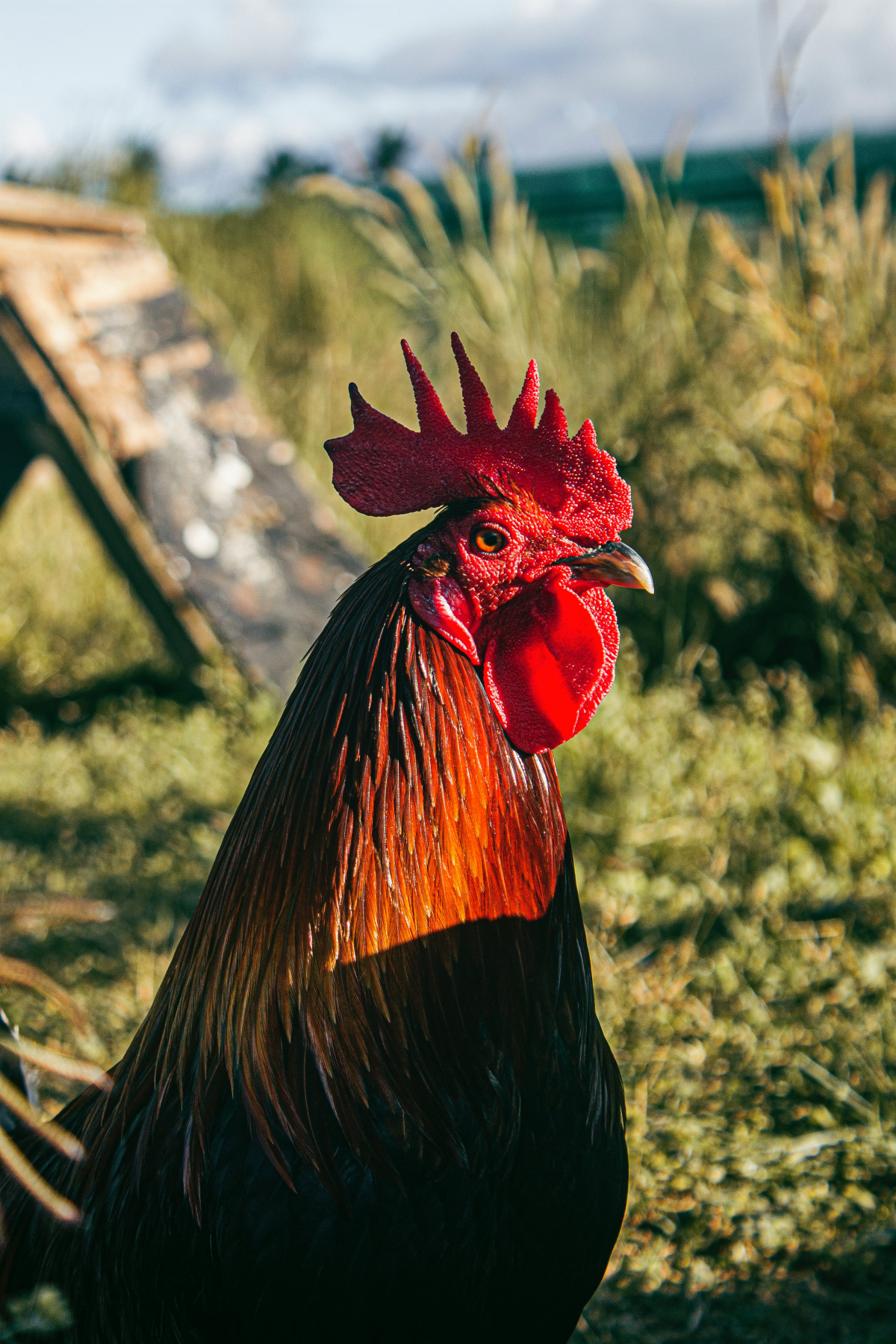
More than 80% of New Year’s resolutions fail by February.
Psychologists suggest this is because resolutions are often vague and lack a tangible starting point. A ritual, however, provides a concrete anchor. The act of eating lentils, wearing a specific color, or jumping over seven waves (a Brazilian tradition) creates a distinct psychological boundary between the old year and the new, making a fresh start feel more real and attainable than a simple promise.


“Rituals are the formulas by which harmony is restored.” – Terry Tempest Williams
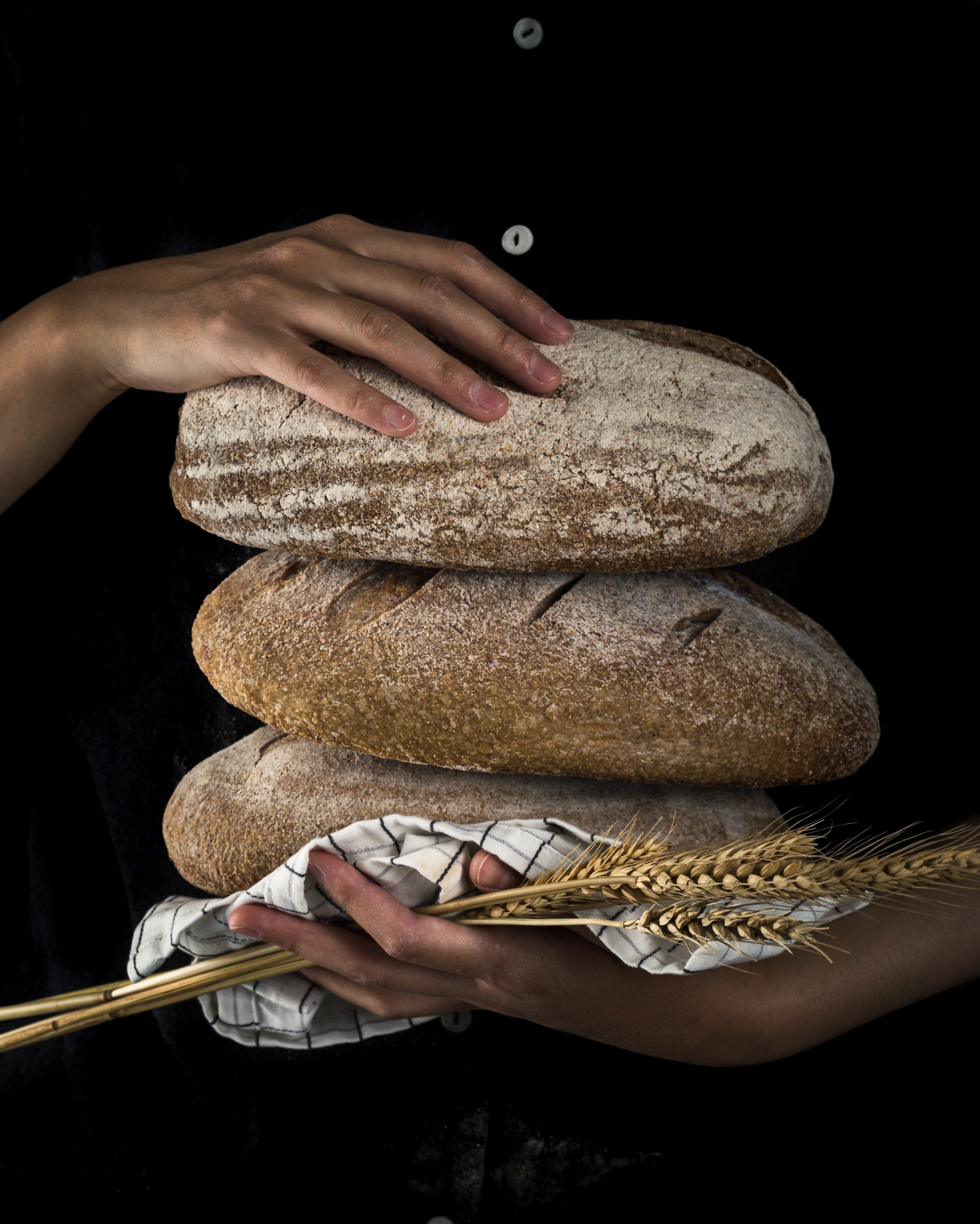
Ever wonder why so many New Year’s traditions revolve around what’s on your plate?
It’s all about edible symbolism. In many cultures, food acts as a tangible wish for the future. The round shape of lentils in Italy and Brazil mimics coins, inviting wealth. In the Philippines, eating twelve different round fruits ensures prosperity for each month. Long noodles in Japan signify a long life, while eating a whole fish, from head to tail, in China represents a good beginning and end to the year. Sharing these foods also strengthens community bonds, starting the year with a sense of unity.

The tradition of throwing water out of the house, popular in Caribbean countries like Cuba and Puerto Rico, can be adapted to your specific intentions.
For a total cleanse: Fill a large bucket, like a classic blue utility pail, with water. At midnight, toss the entire contents out the back door, forcefully visualizing the expulsion of all the past year’s negativity and bad energy from your home.
For personal peace: Use a smaller glass of water. Quietly toss it out a window onto the street, symbolizing the washing away of personal tears and sorrows, making way for a peaceful year ahead.
Beyond the taste, consider the soundscape of New Year’s rituals. In Denmark, the new year is greeted not just with fireworks but with the sharp, satisfying smash of ceramic plates against friends’ doors—a sign of affection and good luck. In the Philippines, the goal is to make as much noise as possible, with children shaking coin-filled cans like a Buntoy, to scare away evil spirits. These auditory traditions create a powerful, visceral moment of transition.



